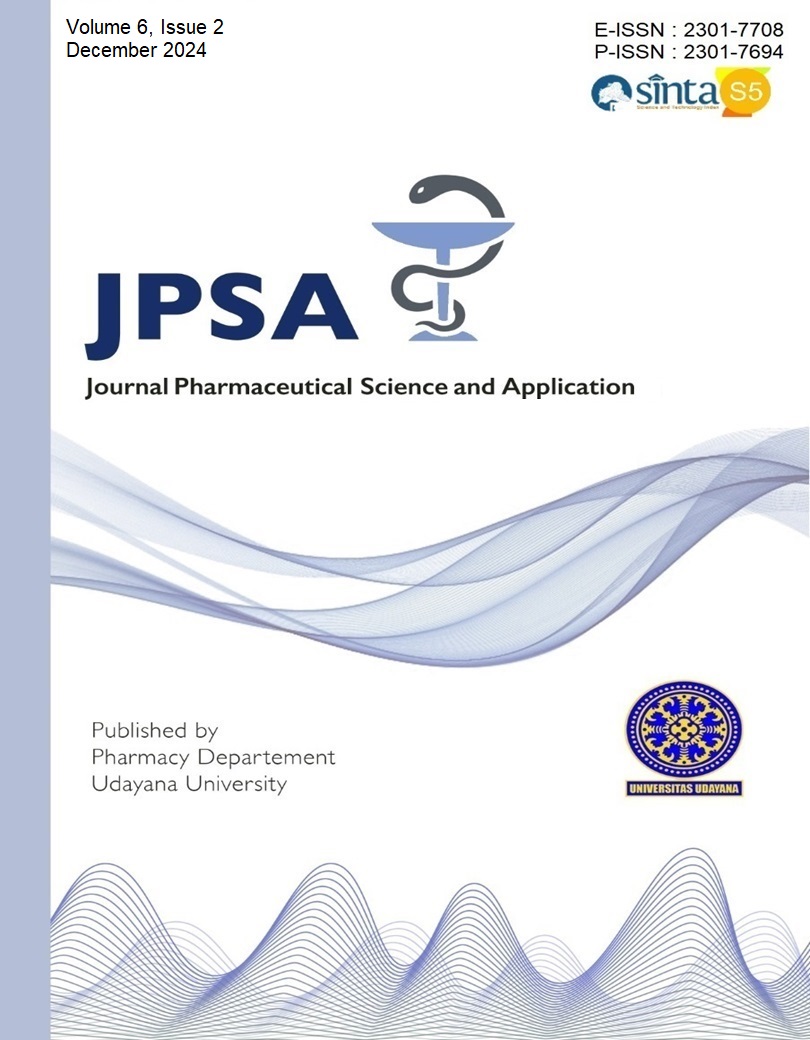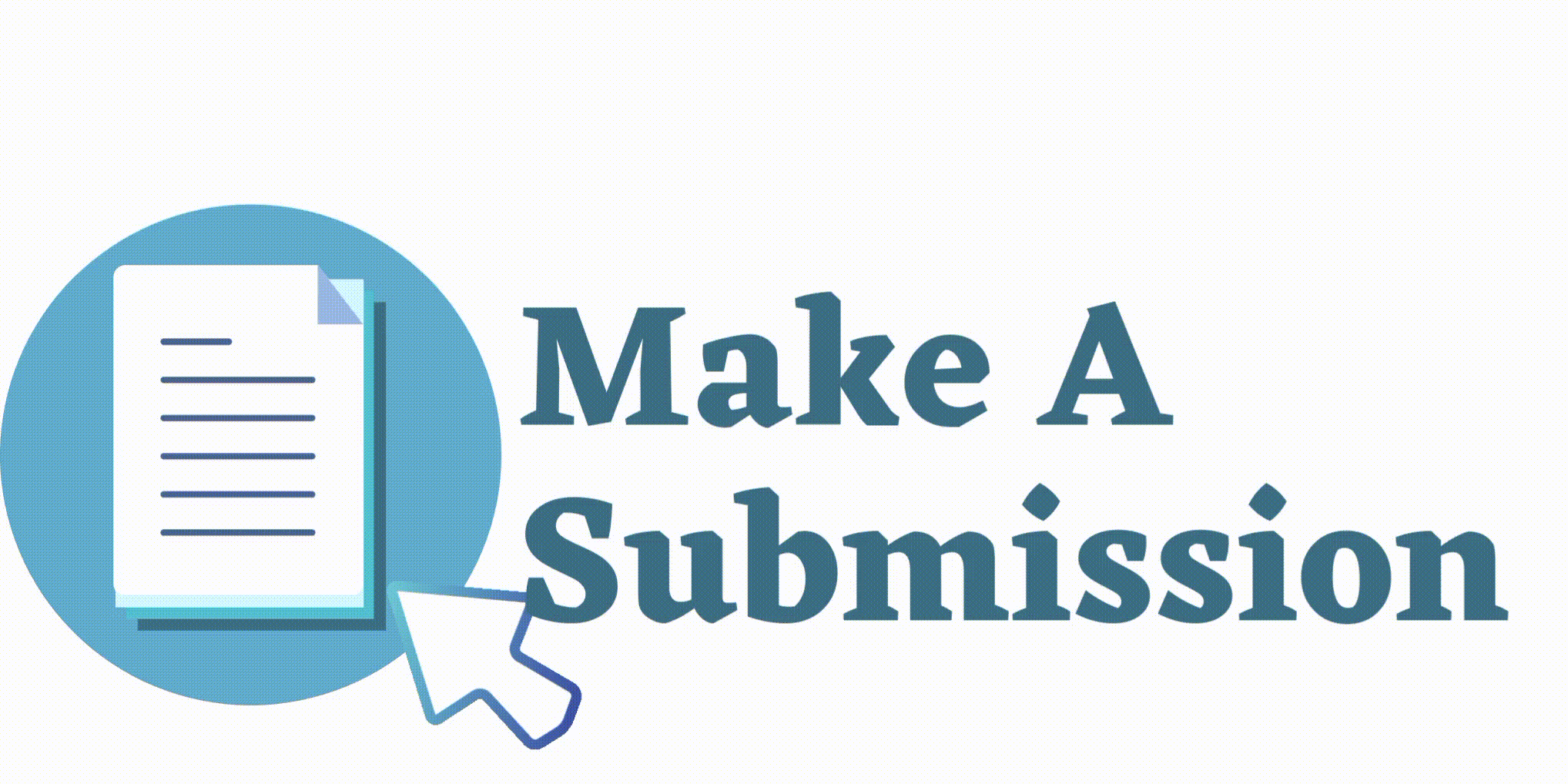THE DESCRIPTION OF EMOTIONAL INTELLIGENCE PHARMACISTS IN PHARMACIES
Abstract
Background: Consumer satisfaction with pharmaceutical services in pharmacies has not met expectations. This is due to several factors, such as a lack of communication skills and low levels of empathy among pharmacists. Friendly, polite, and communicative pharmaceutical services are crucial determinants of the quality of pharmacy services. Emotional intelligence enhances pharmacists' ability to empathize, control emotions, and listen actively. Objective: This study aims to identify pharmacists' characteristics and assess their emotional intelligence level in Banjarmasin, South Kalimantan. Methods: This study employed a descriptive quantitative design with a cross-sectional approach. A purposive sampling technique was used, and 30 pharmacists who met the predetermined criteria were selected. The instrument utilized was a questionnaire. Results: The study found that the average age of pharmacists was 28.17 years. The average length of practice as a pharmacist was 4.02 years, and 70% of pharmacists reported being present in the pharmacy daily at specific hours. The emotional intelligence levels among pharmacists showed that 13.3% had low emotional intelligence, 76.7% had moderate emotional intelligence, and 10% had high emotional intelligence. Conclusion: These findings indicate the need to enhance pharmacists' emotional intelligence through training and improving working conditions to support optimal pharmaceutical service quality in pharmacies.
Keywords: Emotional Intelligence; Empathy; Pharmacist; Pharmaceutical Services; Patient Satisfaction.
Downloads

This work is licensed under a Creative Commons Attribution 4.0 International License.
Authors who publish with this journal agree to the following terms:
Authors retain copyright and grant the journal right of first publication with the work simultaneously licensed under a Creative Commons Attribution License that allows others to share the work with an acknowledgment of the work's authorship and initial publication in this journal.
Authors are able to enter into separate, additional contractual arrangements for the non-exclusive distribution of the journal's published version of the work (e.g., post it to an institutional repository or publish it in a book), with an acknowledgment of its initial publication in this journal.
Authors are permitted and encouraged to post their work online (e.g., in institutional repositories or on their website) prior to and during the submission process, as it can lead to productive exchanges, as well as earlier and greater citation of published work. (See The Effect of Open Access).

This work is licensed under a Creative Commons Attribution 4.0 International License.


 HOME
HOME
















